When start the conflict between Palestine and Israel?
The conflict between Palestine and Israel began with a short three-paragraph letter written by the British Foreign Secretary Arthur Balfour on November 2, 1917. In this letter, Balfour stated the British government’s support for the establishment of a “national home for the Jewish people” in Palestine without harming the civil and religious rights of the non-Jewish communities in Palestine. This letter, known as the Balfour Declaration, laid the groundwork for the Israeli-Palestinian conflict that would persist for the next century.
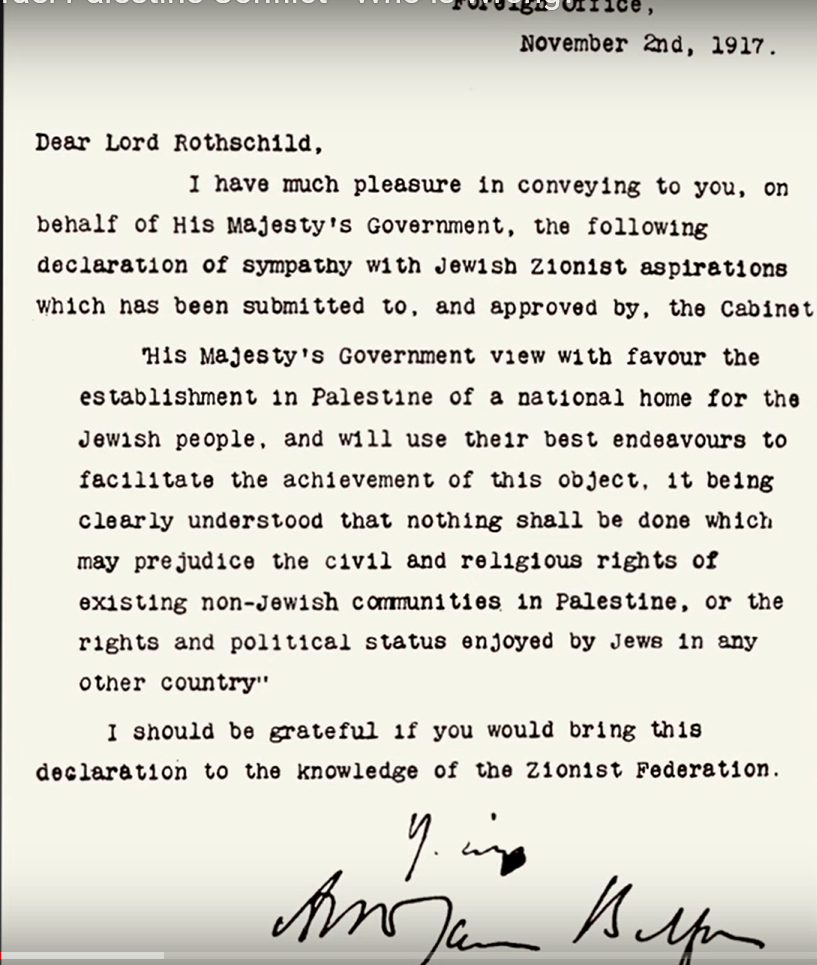
How was Palestine before 1917?
Before World War 1, there was no major conflict in Palestine. It was a region with a significant Muslim population, but Jews and Christians also coexisted peacefully. At that time, the entire area was under the control of the Ottoman Empire, extending from Europe to North Africa and the Middle East. However, some Arab leaders had grown tired of Ottoman rule and sought to gain independence with the support of the British.
How British make this area conflict between Palestine and Israel?
The British promised the Arabs that if they supported the British in their fight against the Ottomans, they would be granted independence. There was no clear national identity for the Jewish community at that time, and they were considered a minority without their own homeland. In Europe, Jews were facing discrimination and persecution, rooted in religious conflicts dating back centuries. Many Christians believed that Jews were responsible for the crucifixion of Jesus, leading to a history of anti-Semitism in Europe.
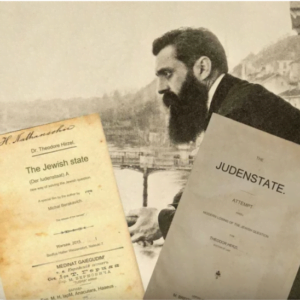
Zionist movement
The Zionist movement, which aimed to establish a Jewish homeland in Palestine, was initiated by Theodor Herzl in 1896. Herzl’s book, “The Jewish State,” laid out the idea that Jews needed their own country, and he believed this should be in Palestine. However, the initial idea faced resistance from some Jews who questioned why they should leave their homes in Europe. Nonetheless, the Zionist movement gained momentum as Jews from around the world began funding and supporting the establishment of colonies and businesses in Palestine.
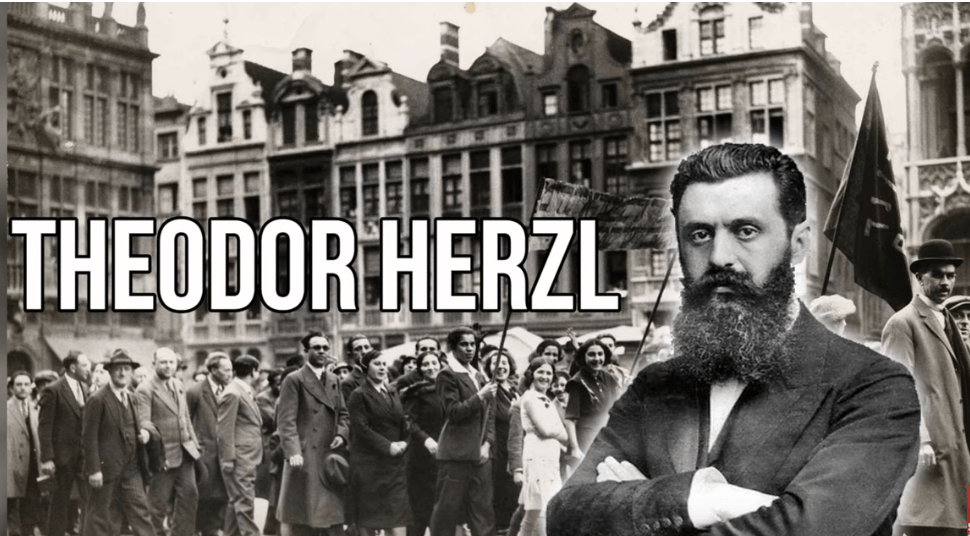
What British government did for Jewish?
The British government promised the Jewish that, in exchange for their support during World War I, they would facilitate the establishment of a Jewish homeland in Palestine. However, they also promised the Arabs that their rights would be respected. The British saw the opportunity to create a state that could serve their interests after the defeat of the Ottoman Empire.
World War 1 and conflict between Palestine and Israel
In 1917, as World War I was ongoing, the British issued the Balfour Declaration, signaling their support for the establishment of a Jewish national home in Palestine. Shortly after the war, British troops arrived and took control of Palestine, ending over 400 years of Ottoman rule. The Arabs, who had supported the British in the hope of gaining independence, felt betrayed when the British did not consult them on the matter.
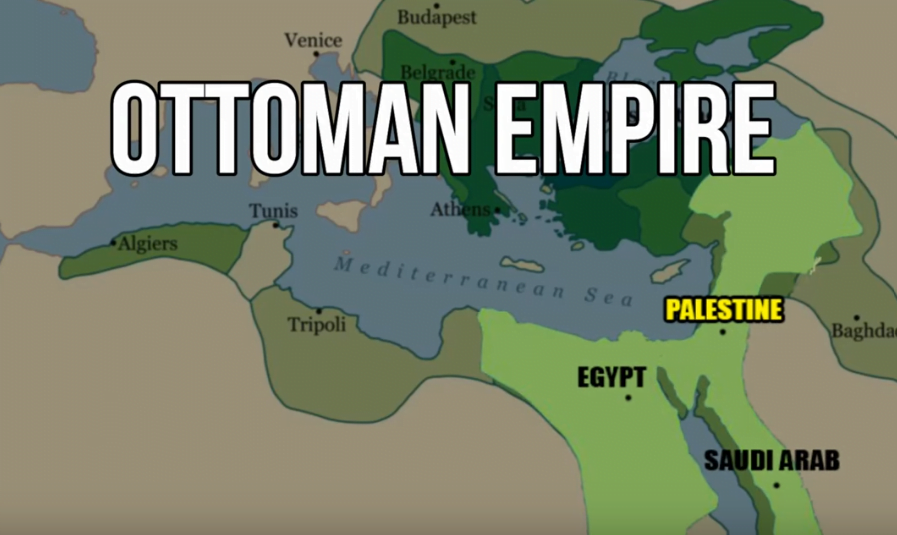
Palestine began to resist
The Arab population in Palestine began to resist, viewing the British law as very generous towards the Jews. Jewish immigration to Palestine increased, and Jews established schools, factories, and even a small army known as the Hagenah. For the Palestinian Arabs, the British presence and the influx of Jewish immigrants were seen as a threat to their land and rights.
Tensions escalated between the Jewish and Arab communities in Palestine, ultimately leading to the Israeli-Arab conflict. The British response to Arab protests was often punitive, leading to the arrest and expulsion of Arab leaders. The Arab population felt that the British were not doing enough to protect their rights and land.
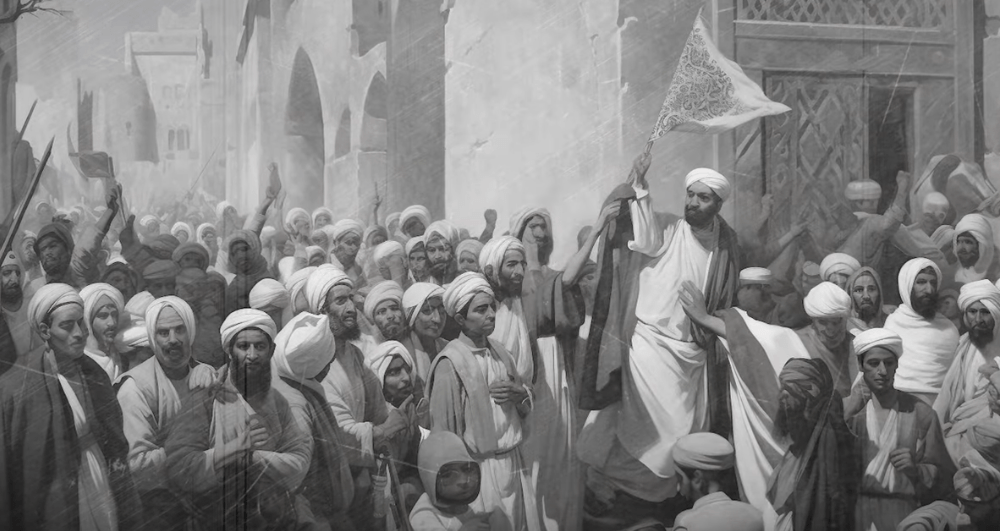
Root Cause of conflict between Palestine and Israel.
The Balfour Declaration played a significant role in shaping the Israeli-Palestinian conflict and its root causes. It set in motion a series of events and disputes that continue to shape the region’s politics and conflicts to this day. The British government’s role in the whole process has been a subject of debate and contention.
But still, Palestine did not end its strike. In response, the British government established a Peel Commission to resolve the issue. This commission proposed dividing Palestine into two parts. However, the Palestinians did not accept this solution initially because they were opposed to any form of partition.
What is white Paper?
They wondered why their homeland, Palestine, was being divided. The strike continued until the release of the British White Paper in 1939.
In this White Paper, the British government outlined a policy for Palestine based on the previous 20 years‘ situation (conflict between Palestine and Israel). Firstly, they rejected the Peel Commission’s proposal, which effectively ended the strike. Additionally, restrictions were imposed on new Jewish immigrants coming to Palestine, and existing Jewish residents were prevented from purchasing Arab land. It was also decided that within the next ten years, Palestine would be made an independent state and the homeland of its people. For the Zionists, this White Paper was unacceptable, as it did not fulfil their goals. The White Paper marked the beginning of conflict between Jews and the British in Palestine, leading to attacks on British forces and even the killing of several local Palestinians. These attacks continued for several months and then escalated further.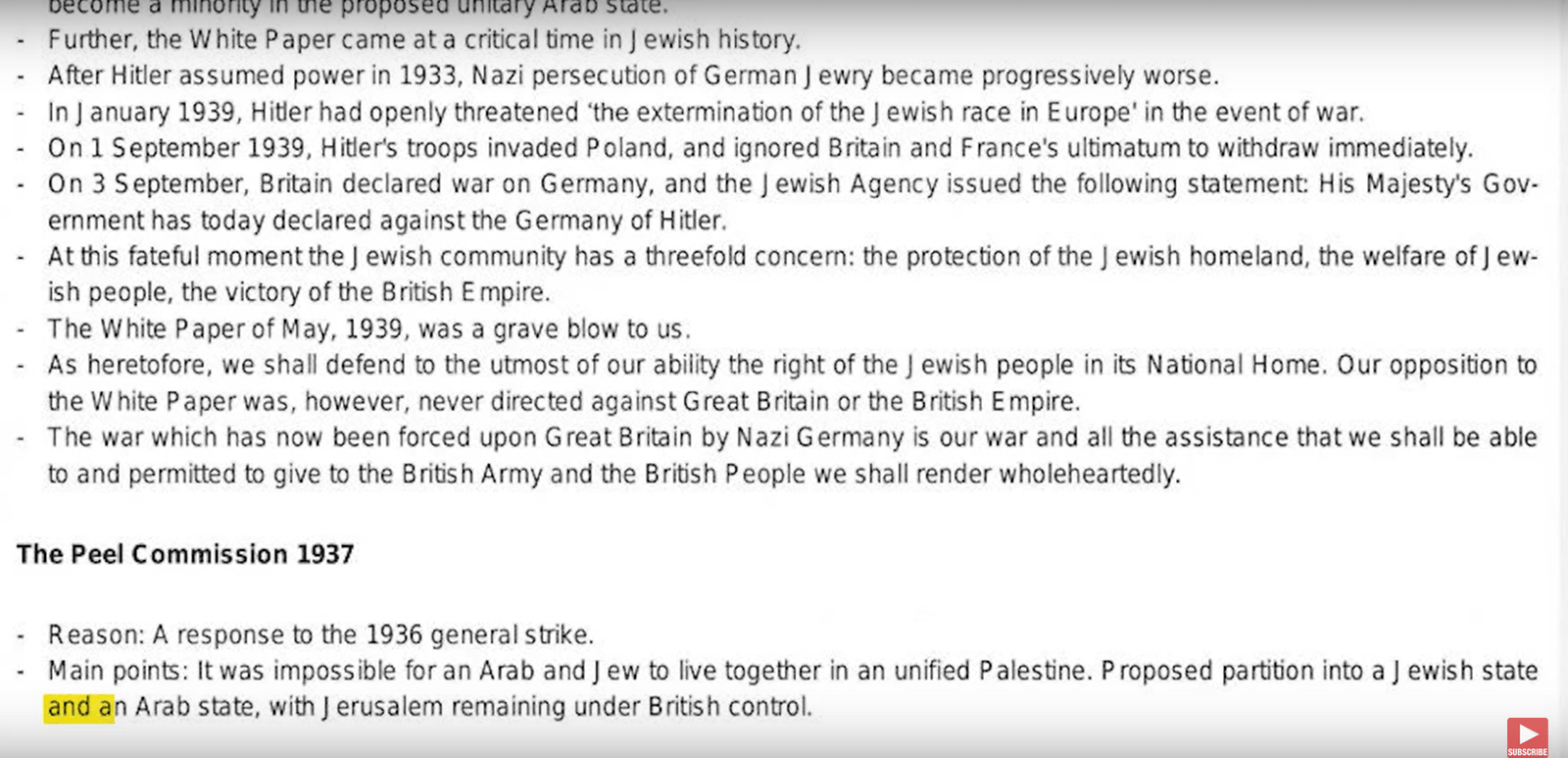
Connection of World War II for conflict between Palestine and Israel.
However, all of this was overshadowed by the start of World War II in 1939. The war claimed the lives of 6,000,000 people worldwide, and during this time, Adolf Hitler’s Holocaust took place, in which he systematically murdered around 6,000,000 European Jews. This event is known as the Holocaust. Between 1941 and 1945, 66% of European Jews were killed by Hitler. Those who survived had no other option but to immigrate to Palestine, as it was a holy land for them, and the existing Jewish community in Palestine was also barred from purchasing Arab land. It was decided that within the next ten years, Palestine would be made an independent state, serving as the homeland for its people.
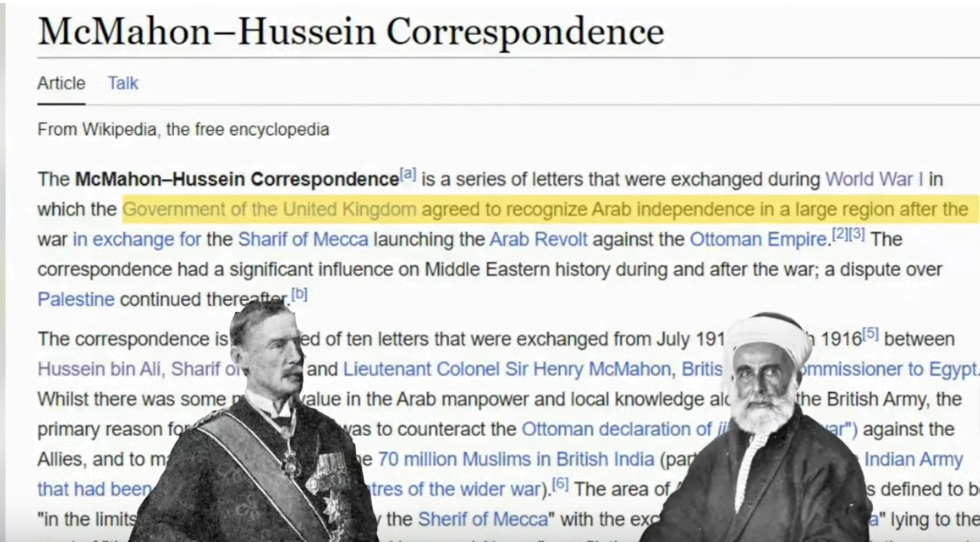
After World War II, the British had grown weary and were no longer willing to fight against the Zionists in Palestine. Therefore, in 1947, they decided to leave, and the situation in Palestine came under the jurisdiction of the United Nations. At that time, there were approximately 630,000 Jews, 143,000 Christians, and 1,181,000 Muslims in Palestine. These figures were provided by an Italian-Jewish demographer. The Muslim population in Palestine was clearly double the Jewish population. Nonetheless, the United Nations proposed that 55% of the land in Palestine be given to the Jews. The United Nations General Assembly approved this proposal with 72% of the votes, ultimately designating 55% of the land in Palestine for the Jewish state.
United Nation’s justice.
To this day, the United Nations has never fully explained how only 30% of the Jewish population received 55% of the land. India, which was represented in the United Nations at the time, also voted against this decision. India’s Prime Minister, Jawaharlal Nehru, had raised objections and claimed that a Zionist British representative was offered a bribe to vote in favour of the resolution. Nevertheless, all Arab countries rejected this United Nations resolution. Thus, the Zionists and Palestinians found themselves in direct confrontation. Both sides engaged in attacks, but the military strength of the Jewish community was more formidable, and the Palestinians could not effectively counter it.
State of Israel declaration
On May 14, 1948, David Ben-Gurion officially declared the establishment of the State of Israel, becoming its first prime minister. In 1948, all Arab nations united to attack Israel, first because they had previously voted against it in the United Nations, and second because they viewed it as a new British-style colonization. This war was the first Arab Israeli war in which several Arab countries launched an attack on the newly formed Israel. Israel, however, had the support of Western countries and a robust military, so they were able to defeat the combined Arab forces.
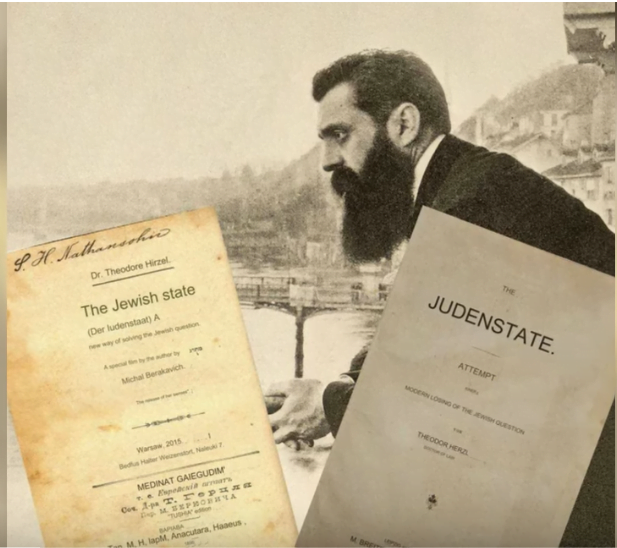
Who supports Jewish?
This conflict marked the first time Arab-Israeli hostilities had directly spilled into our country. Other side, Israel was supported by Western countries and had a strong military. Eventually, the Arab states had to agree to ceasefire agreements with Israel. After the 1948 war, Israel gained control over the territories allocated by the United Nations. The West Bank came under Jordan’s control, and the Gaza Strip fell under Egypt’s control.
Who won the war?
In 1967, another Arab-Israeli war occurred in which Israel captured not only the West Bank and Gaza Strip but also the entire Sinai Peninsula from Egypt. In light of these events, the Palestinian people still yearn to establish their own independent state. To achieve this goal, they formed the Palestine Liberation Organization (PLO) . Initially, the PLO employed armed resistance to establish their independent state. The PLO’s struggle led to various acts of terrorism and hijackings of planes and ships to gain international attention. Consequently, the United States and Israel classified the PLO as a terrorist organization, while many other countries did not. The PLO was seen as a revolutionary organization aiming to achieve its goal of establishing a homeland. In 1974, the United Nations officially recognized the PLO, and they became the representatives of the Palestinian people.
First Arab Country who recognized Israel.
In 1979, Egypt and Israel signed the Camp David Accords, marking the first time an Arab country officially recognized Israel. As part of this agreement, Israel returned the Sinai Peninsula to Egypt. However, two years later, the Egyptian Prime Minister was assassinated by extremist groups. Despite this event, Egypt remained committed to its peace agreement with Israel. How did they agree to make peace with Israel? For years, due to Israeli occupation, a significant number of Jewish settlements had been established in the West Bank, despite international objections. The West Bank area was originally designated for the Palestinians in the 1947 United Nations Partition Plan. However, Israel also established its presence there.
Peace talk to end the conflict between Palestine and Israel
In 1992, once again, there are Peace Talks between Israel and the PLO (Palestine Liberation Organization). PLO leader Yasser Arafat also recognizes Israel, and Israeli PM Yitzak Rabin recognizes the PLO, acknowledging that it is not a terrorist organization.
PLO division
During this period, the PLO also splits. Their another wing, which does not want any kind of compromise with Israel, becomes what we know today as Hamas.
Israeli’s terror On the other hand, an extremist group in Israel also opposes making any compromises with Palestine. However, this doesn’t affect the talks. The PLO and Israel make their first attempt to resolve the issue face-to-face.Palestinian lost their land.
But the issue was that many Israelis in the West Bank had already built their homes with the approval of the Israeli government. So, a solution was devised to divide the West Bank into three parts: Area A, B, and C. Area A would be under Palestinian control, Area B would be shared by both, and Area C would remain under Israeli control. This plan did not align with the United Nations’ partition plan of 1947.
Palestine is limited to small portions of the West Bank, where they can govern. The PLO also accepted this, but suddenly in 1995, something happened that shattered all the Peace Talks. A Jewish extremist group assassinated their own Prime Minister. They did not want any Palestinians around the West Bank under any circumstances. In 1996, the first elections in Palestine were held, and the first Palestinian government was formed.HAMAS
However, Hamas, which is the militant wing of Palestine, was not pleased with this and boycotted the elections. Not only that, but they also carried out several suicide bombings in Israel, which increased hatred between Israelis and Palestinians. To avoid these incidents, Israel built concrete walls around their settlements in the West Bank, making it difficult for Palestinians to live and move around.
Then, in 2006, elections were held in Palestine again, and this time, Hamas won. This led to a civil war between Fatah, the party of the PLO, and Hamas, resulting in the division of Palestine into two parts. Today, Hamas controls the Gaza Strip, and in the West Bank, small portions are under the rule of the PLO, i.e., Fatah’s government. Most of the conflicts between Israel and Hamas occur around the Gaza Strip, where rocket fires are directed at Israel. This is why Israel has erected a large fence around Gaza to protect itself. Every two or three years, there is intense fighting between Hamas and Israel. The most recent instance was in 2021, and now, on October 7, 2023, Hamas fired over 5,000 rockets at Israel. This summarizes the conflict between Israel and Palestine, which has taken on different forms over the past 100 years and continues to be a significant presence today. I have tried to cover this topic very carefully, without targeting any religion, through just facts and figures. What are your thoughts on this topic? Please let me know in the comments. We’ll meet in the next fantastic article.Conclusion:
The United Nations and the Britishers have turned Palestine, once a peaceful place, into hell. They find peace in Israel’s bombings and oppression. Those who fight for their land are labelled as terrorists. Therefore, the conflict between Palestine and Israel is happening.
Experience the power, feel the comfort, and embrace the evolution for the most recent tech news and reviews, Health tips and many more follow themdakbar Blogs also follow us on Facebook, Twitter, Google News, and Instagram. For access to our most recent videos, subscribe to our YouTube channel.
FAQs
Q: Can Muslims visit Palestine?
This means that although Western visitors are allowed to enter and roam about holy places as they like, Palestinians — both Muslims and Christians — are frequently denied entrance. Additionally, Palestinians are frequently prohibited from traveling overseas.Q: Can I go to Palestine from India?
No, Indian nationals do not need a visa to enter Palestine, with the exception of Israel, Jordan, or Egypt, which are the three countries through which Palestine can be reached. Visa requirements apply to these nations. Your passport must be at least six months old to be used.Q: Why do Israel and Palestine fight?
The Israeli-Palestinian conflict began in the late 19th and early 20th centuries with the emergence of significant nationalism movements among Jews and Arabs, both of which aimed to establish sovereignty for their respective peoples in the Middle East.Q: Can a Pakistani visit Israel?
Israel is not recognized by Pakistan, which also prevents its nationals from traveling there. According to the Pakistani television network Aaj News, a man by the name of Issac Matat took the men to Israel.


My brother suggested I might like this blog He was totally right This post actually made my day You can not imagine simply how much time I had spent for this info Thanks
Thankyou bro
helloI like your writing very so much proportion we keep up a correspondence extra approximately your post on AOL I need an expert in this space to unravel my problem May be that is you Taking a look forward to see you
Thanks its my pleasure to talk to you
https://themdakbar.com/contact/
Thank you for the auspicious writeup It in fact was a amusement account it Look advanced to far added agreeable from you However how can we communicate
Thanks its my pleasure to talk to you
https://themdakbar.com/contact/
Magnificent beat I would like to apprentice while you amend your site how can i subscribe for a blog web site The account helped me a acceptable deal I had been a little bit acquainted of this your broadcast offered bright clear idea
Wow wonderful blog layout How long have you been blogging for you make blogging look easy The overall look of your site is great as well as the content
Now it’s around 4-5 months
Fantastic site A lot of helpful info here Im sending it to some buddies ans additionally sharing in delicious And naturally thanks on your sweat
Thank you for good comment
great article
great article
Thank you for your sharing. I am worried that I lack creative ideas. It is your article that makes me full of hope. Thank you. But, I have a question, can you help me?
Excellent write-up